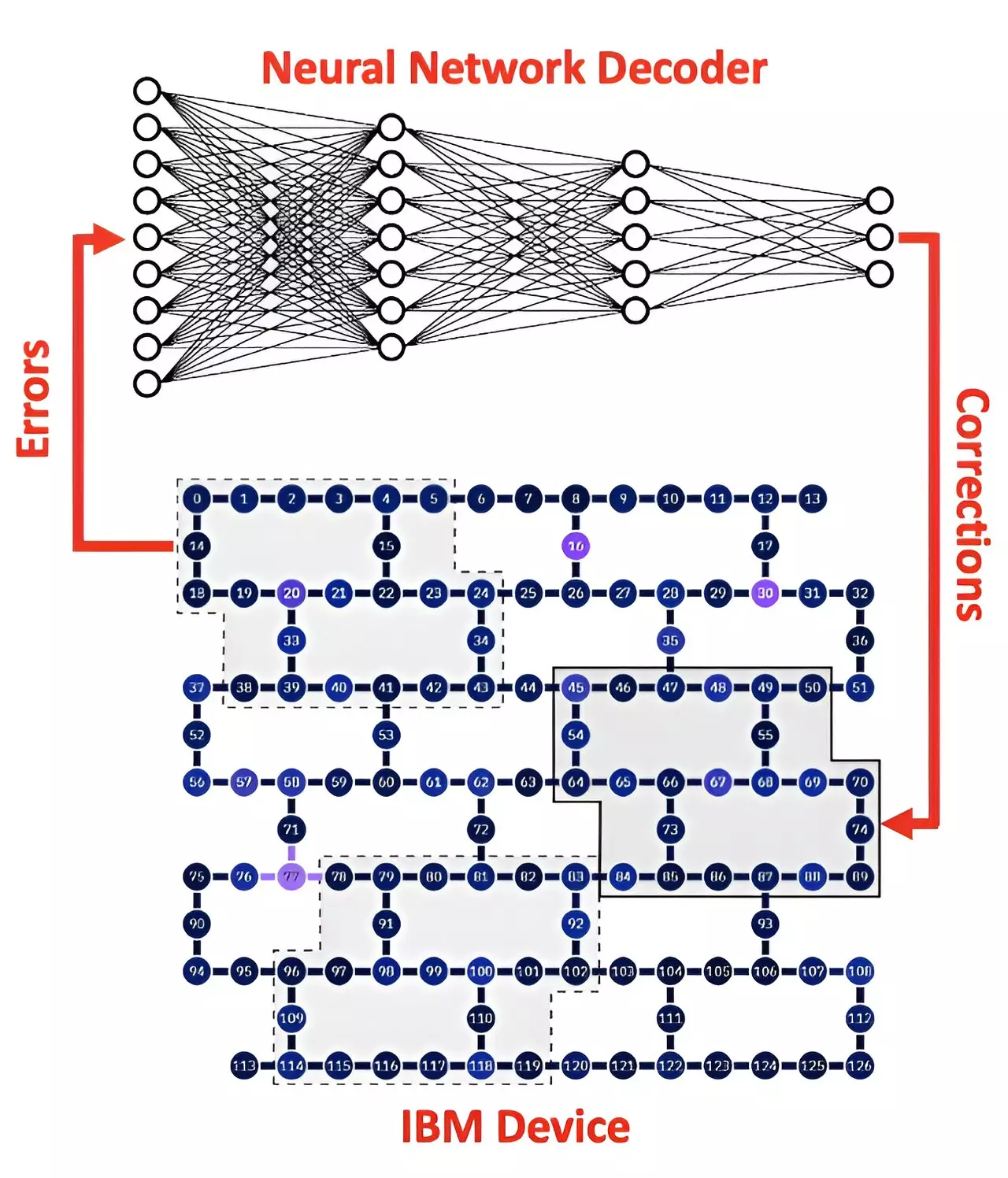The world of computing is on the brink of a revolutionary leap forward, and quantum computing stands at the forefront of this advancement. Functioning on the principles of quantum mechanics, quantum computers—through their quantum bits or ‘qubits’—promise unparalleled processing capabilities. Unlike classical bits that can only exist as 0 or 1, qubits can hold multiple states simultaneously, allowing quantum computers to tackle problems that are currently insurmountable for traditional systems. However, the path to unlocking this potential is obstructed by persistent errors and noise intrinsic to the quantum realm. Recent developments, however, suggest a game-changing collaboration between artificial intelligence (AI) and quantum computing that may soon break through these barriers.
The Role of Noise in Quantum Computing
Understanding the challenges faced by quantum computing begins with examining the pivotal role of qubit noise. Quantum systems are inherently fragile and susceptible to disturbances from their environments. These disturbances generate errors that can inhibit the processing abilities of quantum machines, stifling their performance and reliability. Error correction is critical; without it, the promise of quantum advantage remains just that—a promise. Researchers have devised complex quantum error correction codes that attempt to mitigate these noise-related issues by distributing logical information across multiple physical qubits. Still, these solutions remain computationally intensive and difficult to implement effectively in real-time scenarios, especially on current quantum hardware.
AI as a Catalyst for Error Correction
Recent research by CSIRO branches out the horizons of quantum computing by proposing AI as a pivotal tool in overcoming these quantum errors. The scientists developed a neural network syndrome decoder, designed to detect errors and initiate corrections by processing real-world quantum measurement data. Dr. Muhammad Usman, who leads the Data61 Quantum Systems Team, affirmed the significance of their findings through empirical testing on IBM quantum processors, demonstrating that AI can efficiently interpret and address the complexities of qubit noise.
This approach offers a promising alternative to traditional correction methods, which often struggle with the high error rates prevalent in today’s quantum systems. The research signals a potential shift—a phased transition where AI assists in real-time error detection and correction, moving the field closer to reliable and effective quantum computing solutions.
Challenges and Unknowns Ahead
Despite the advancements, the research does not posit that the problems are entirely solved. One of the revealing insights from Dr. Usman’s team is that current error correction codes do not exhibit the anticipated behavioral patterns—specifically, no observed error suppression when increasing the “code distance” due to significant ongoing noise levels. This indicates a critical need for researchers to refine the balance between error correction procedures and the actual physics of qubit behavior.
As the noise levels decrease and hardware improves, AI’s ability to implement these correction techniques may well provide the key to reaching full fault tolerance. Until then, the integration of artificial intelligence into quantum computing remains a hypothesis fortified by the excitement of new research but tempered by the daunting challenges that still exist.
A Look into the Future
Looking forward, the future of quantum computing entwined with AI presents a landscape ripe with potential. Successful implementation of AI-enabled error correction could mean that complex real-world problems—ranging from drug discovery to climate modeling—could be addressed more efficiently than ever before. New AI algorithms could evolve, improving upon existing quantum error correction codes, thus creating a feedback loop of innovation between these two transformative technologies.
Once considered speculative, the merging of AI and quantum computing is beginning to hint at a tangible reality. The intersection of these domains may not just accelerate existing computing capabilities; it could redefine what’s possible in computation altogether. With continued research and development, the synergy between AI and quantum error correction may soon mark the beginning of a new era in technology, pushing the boundaries of what machines can achieve.


Leave a Reply